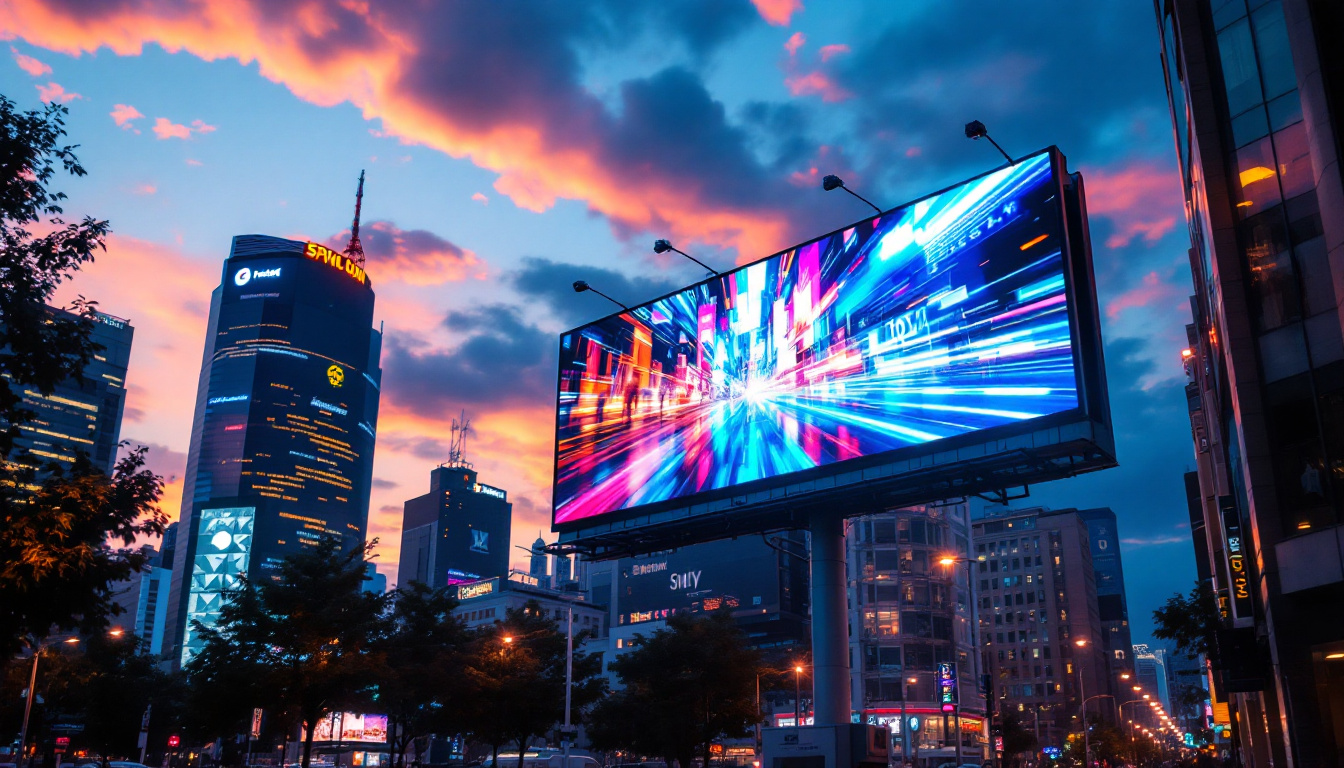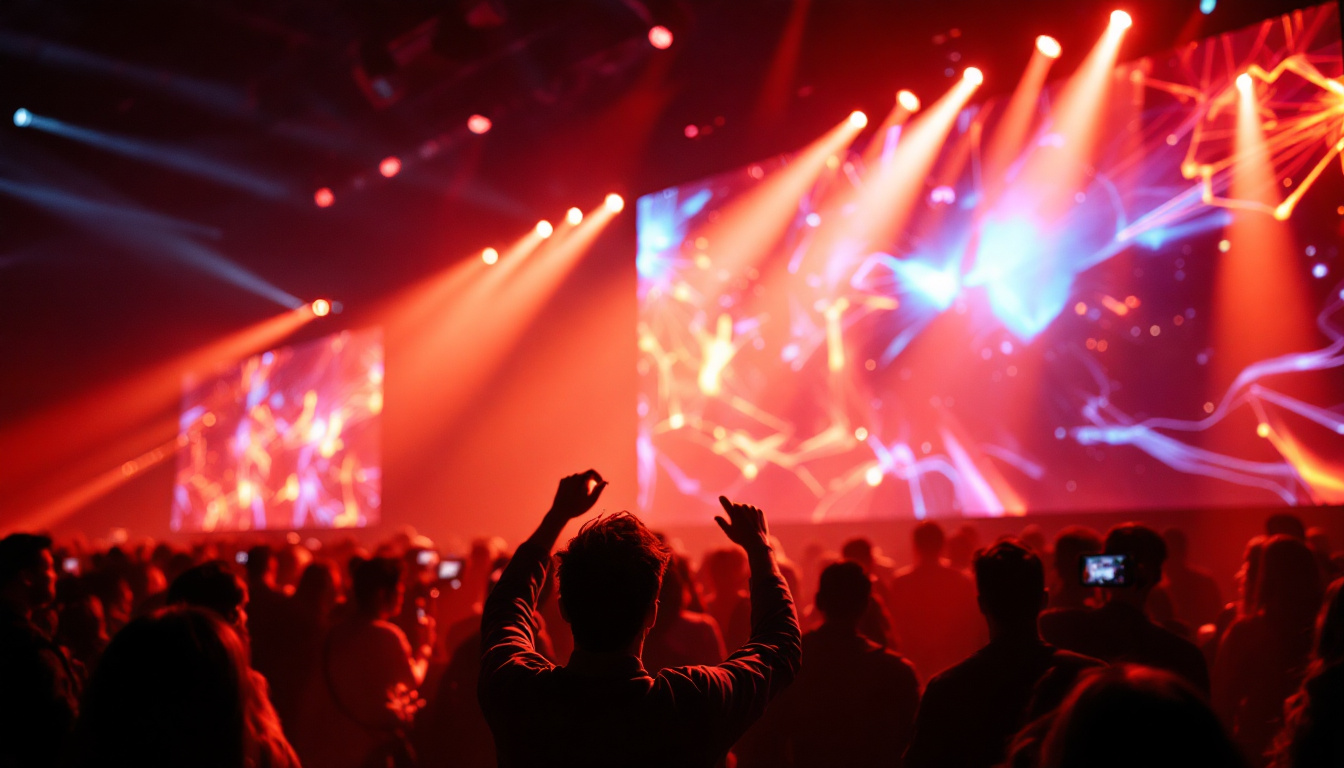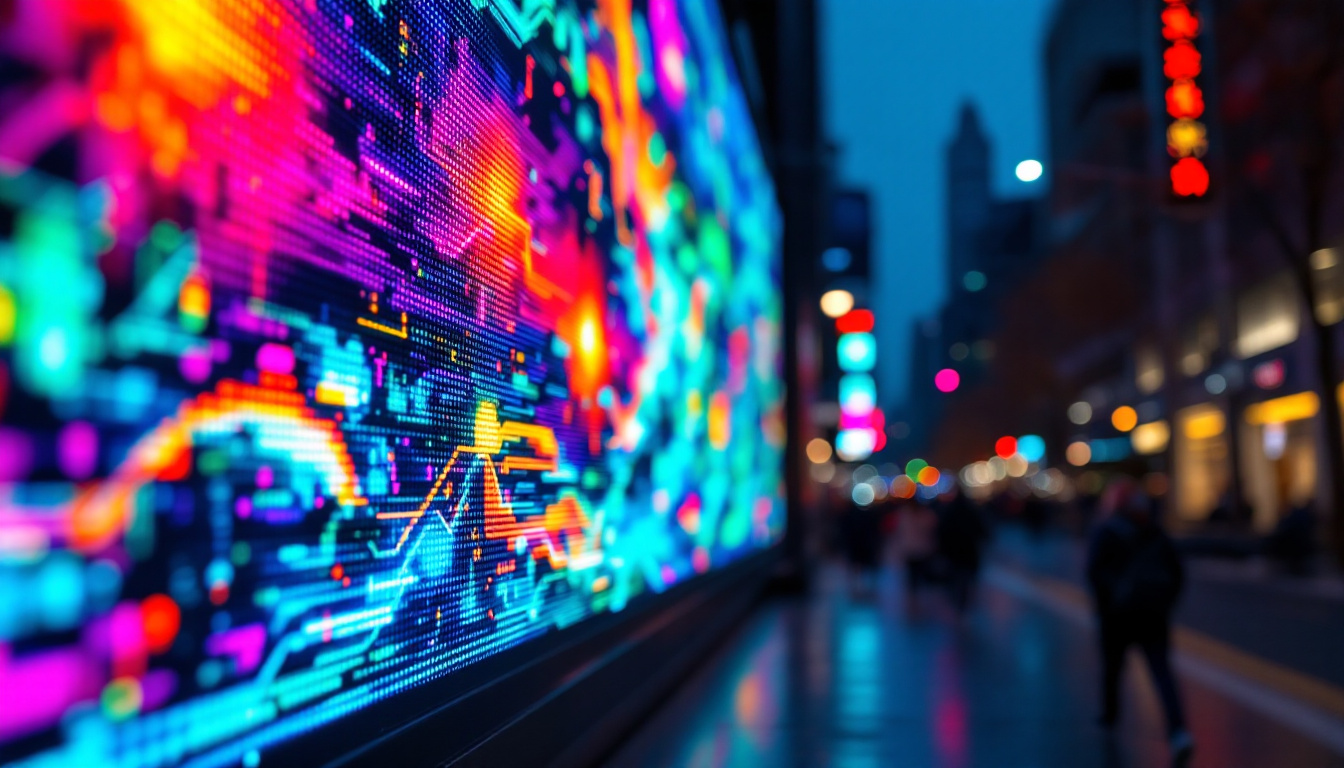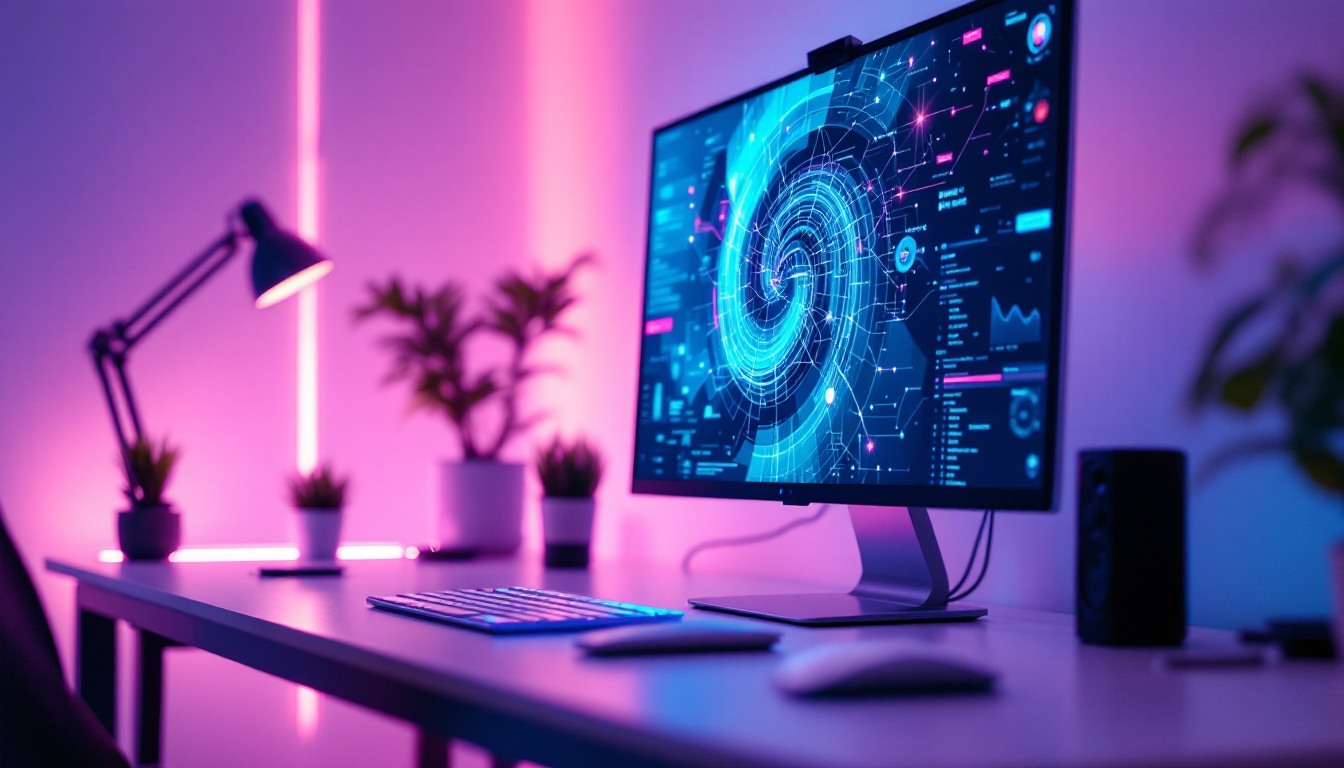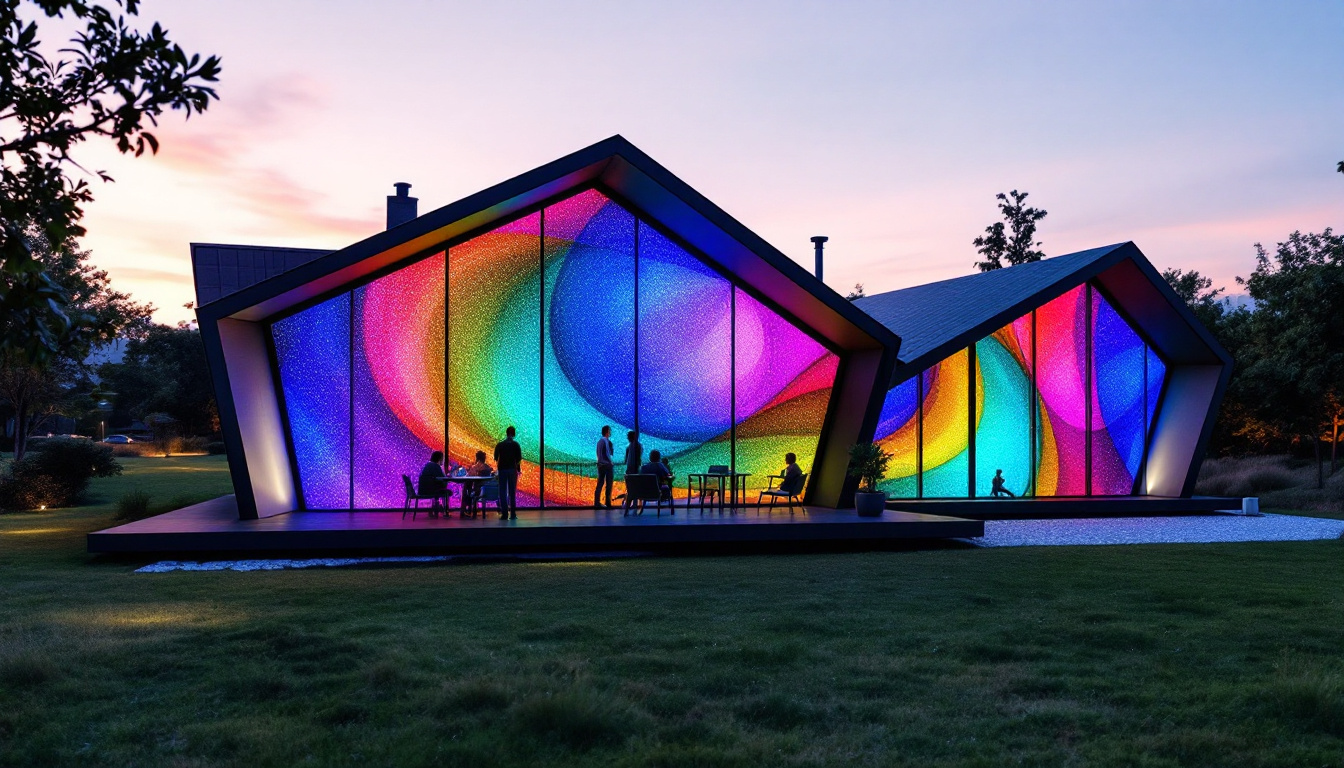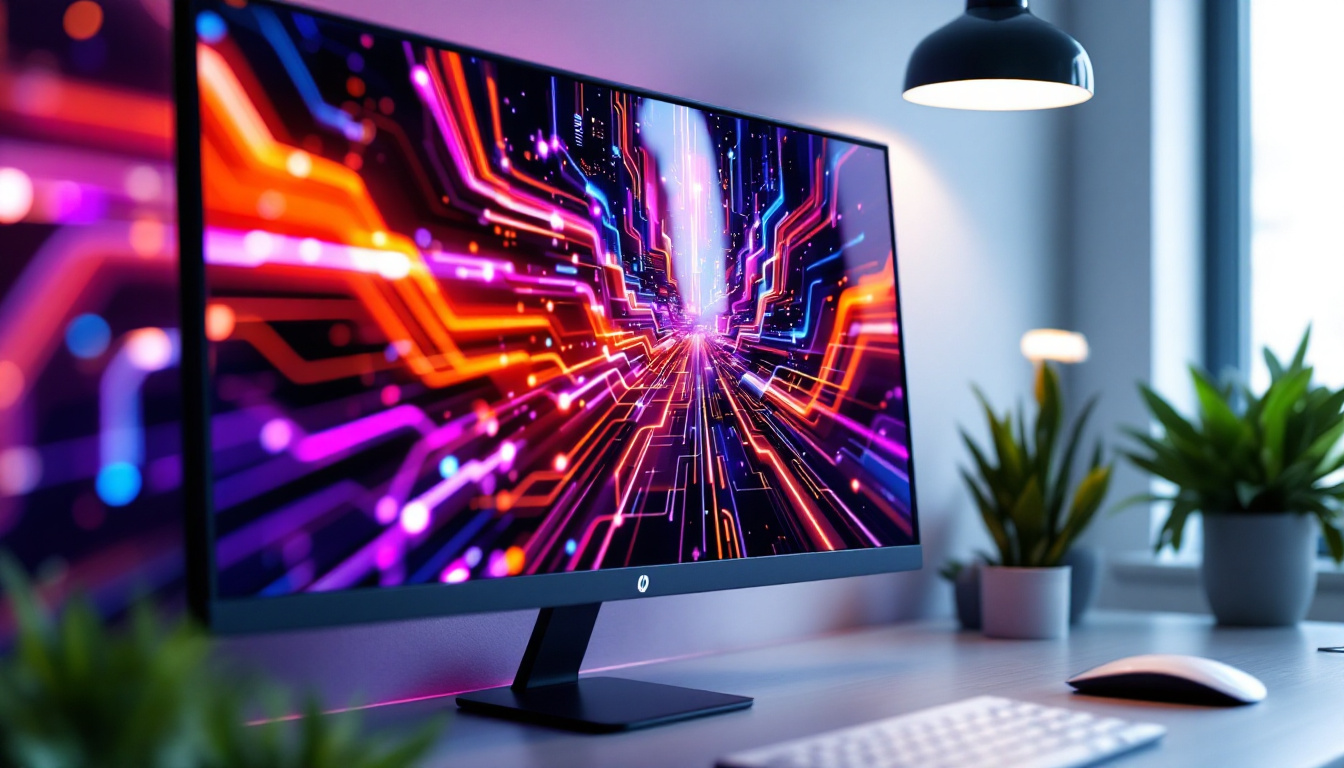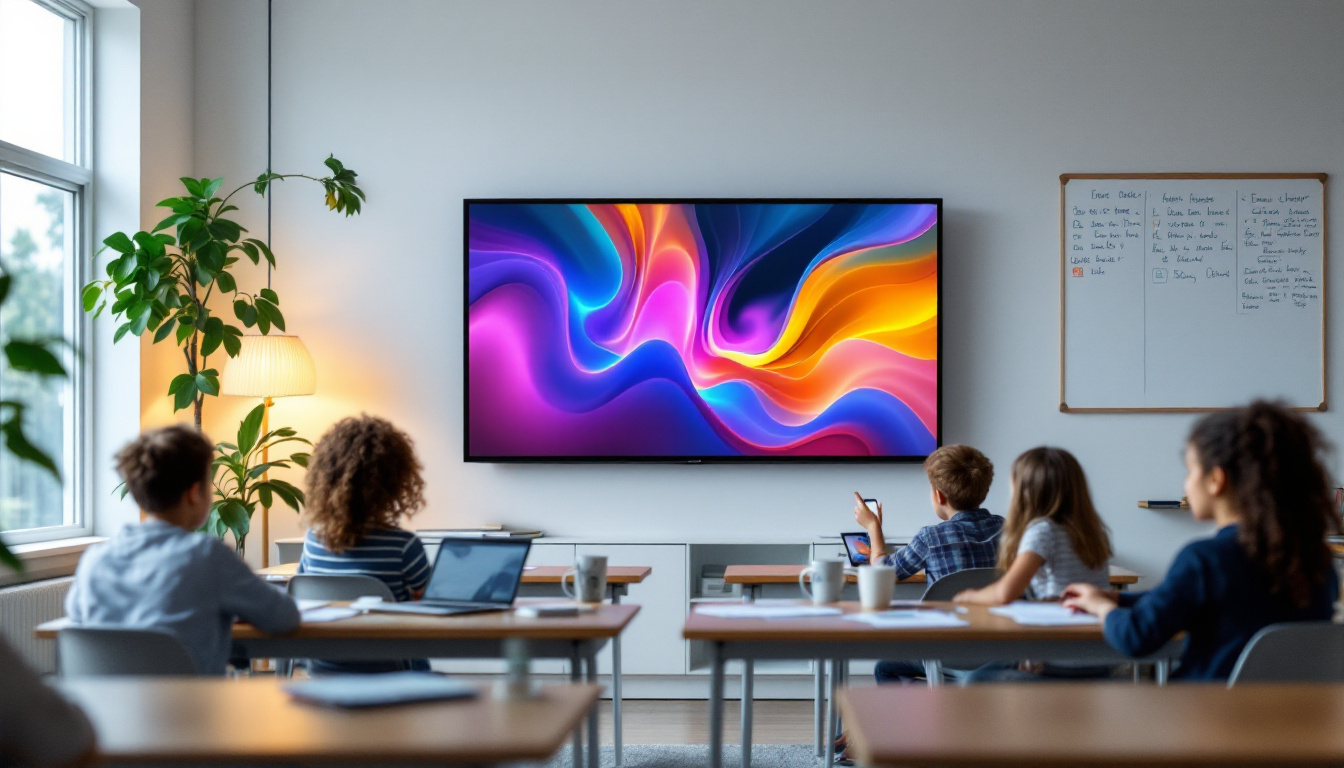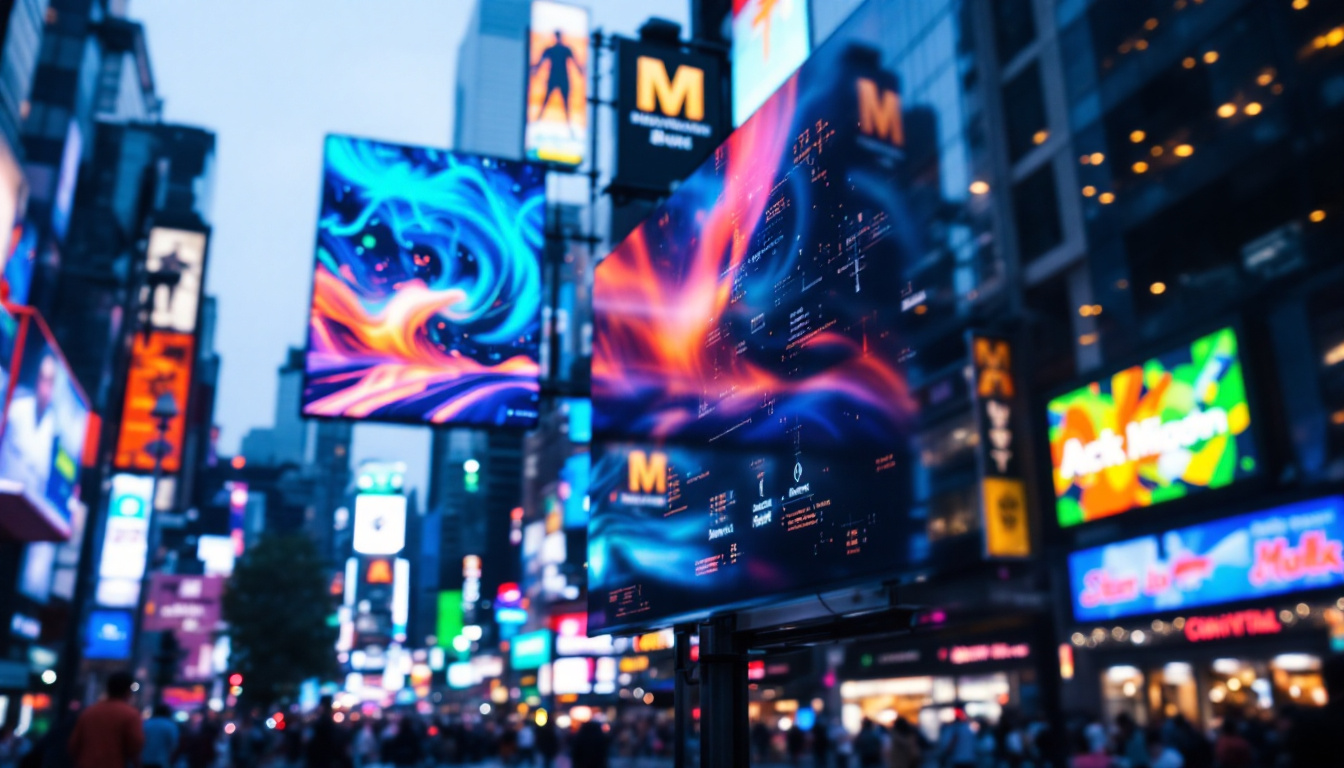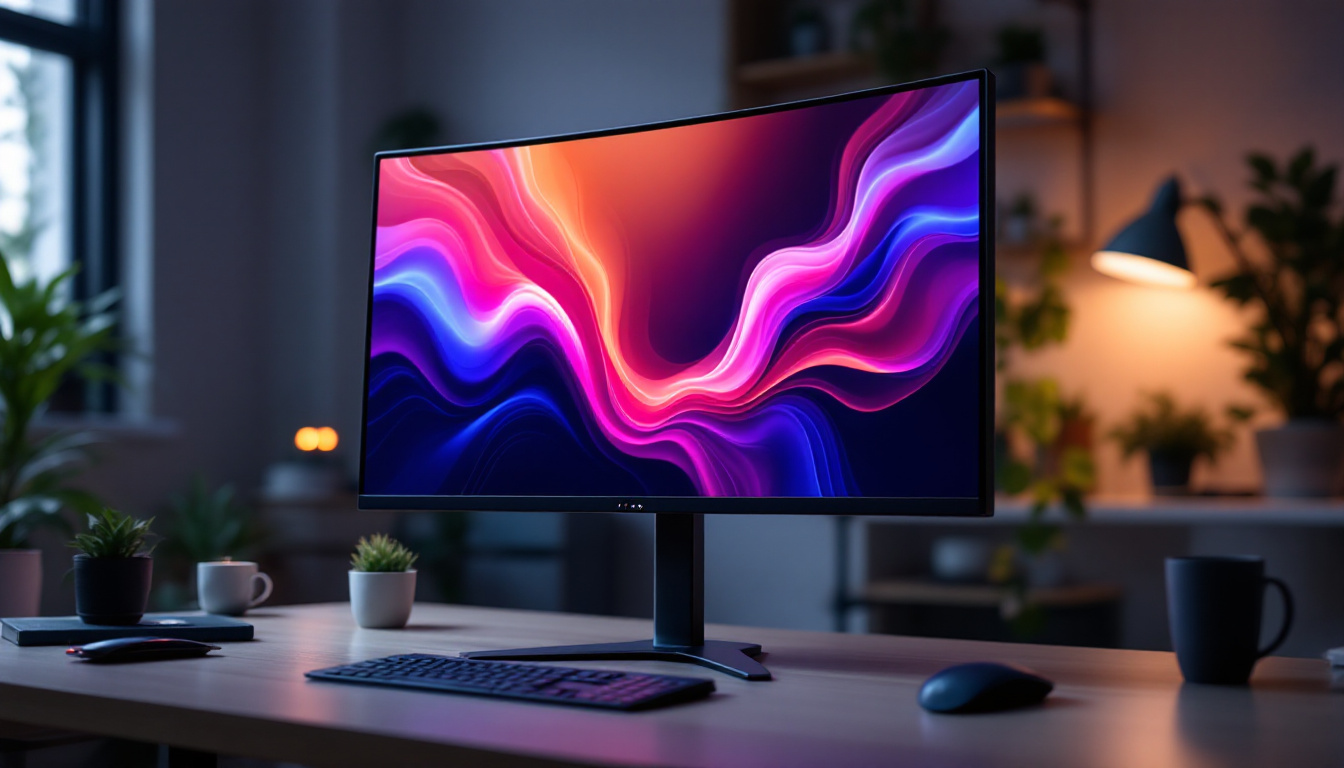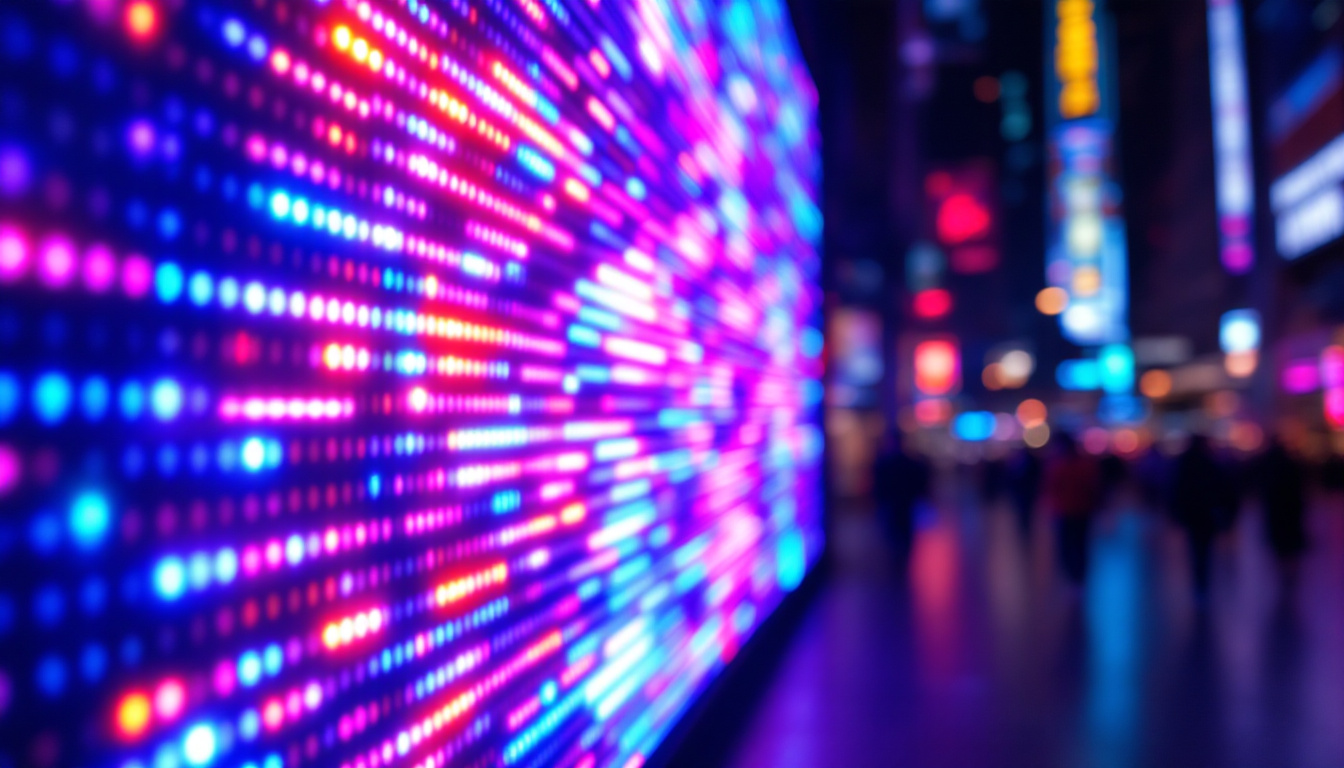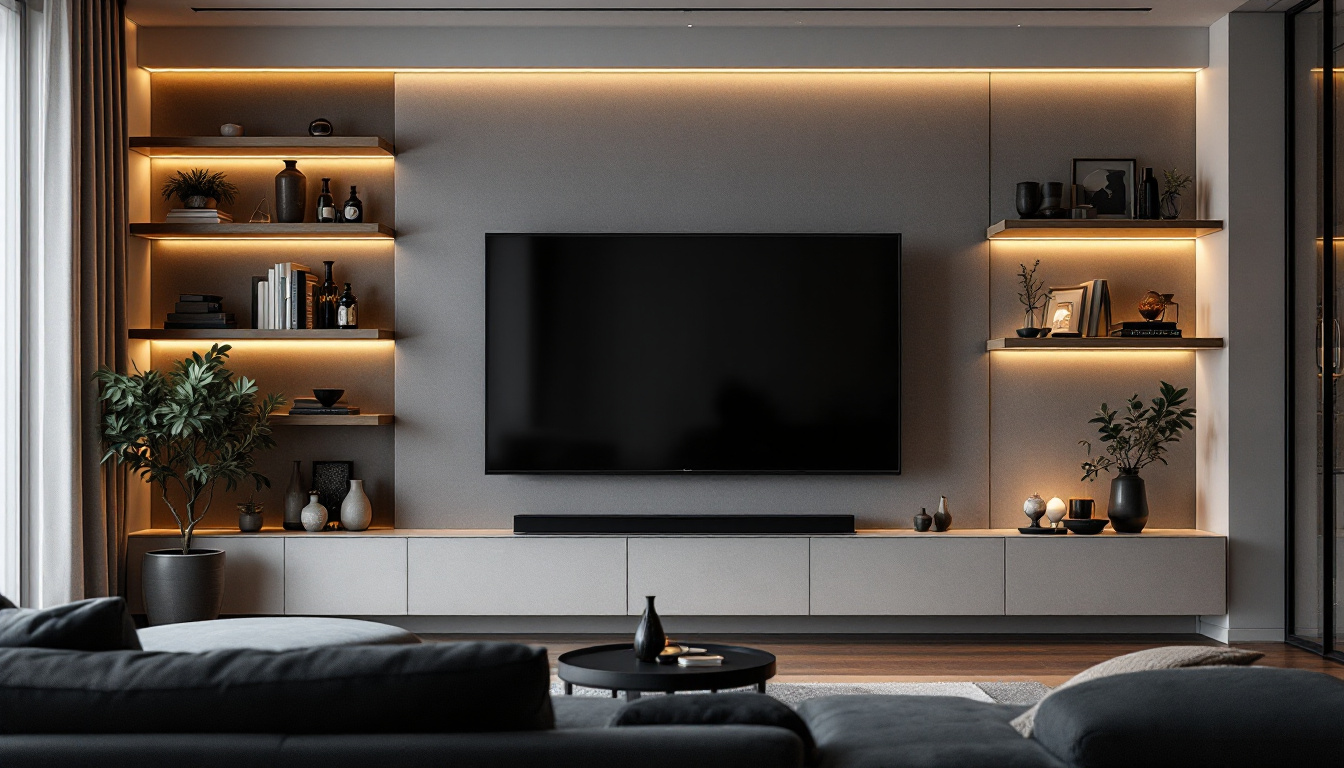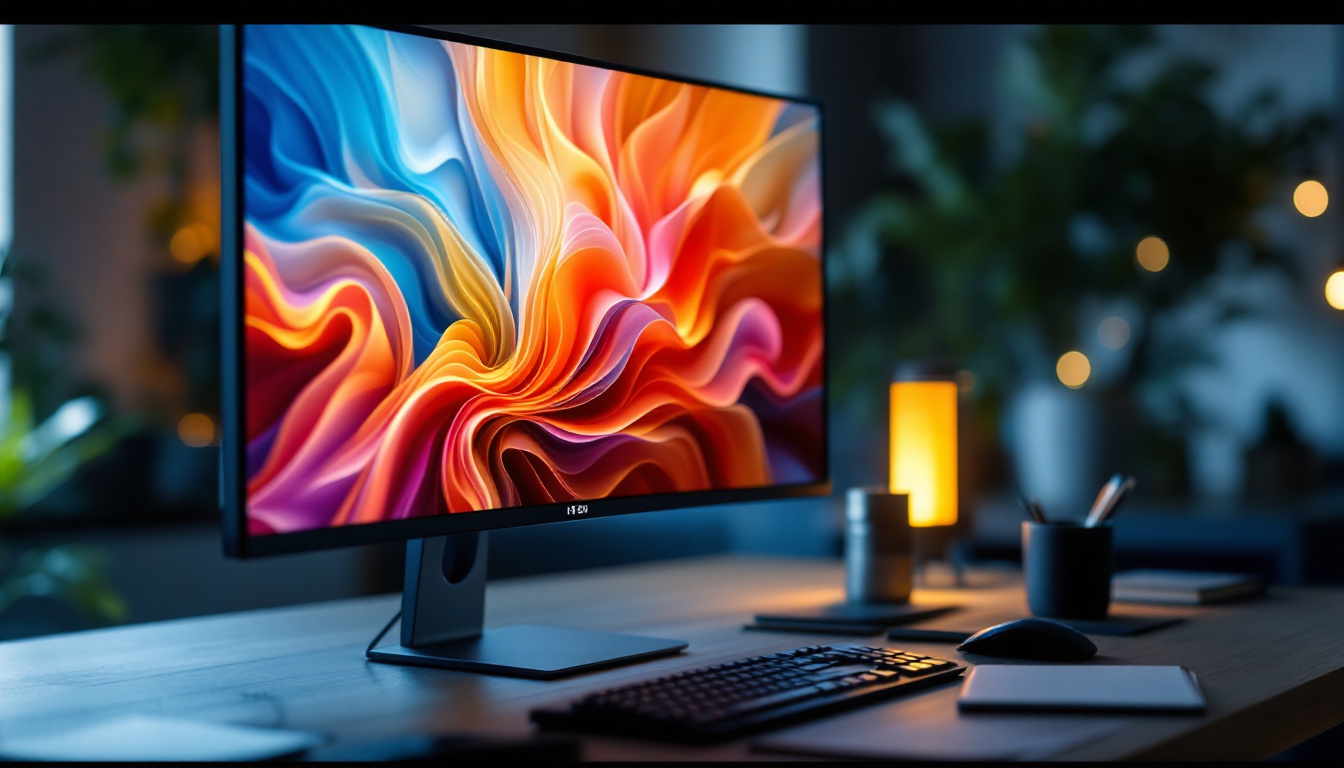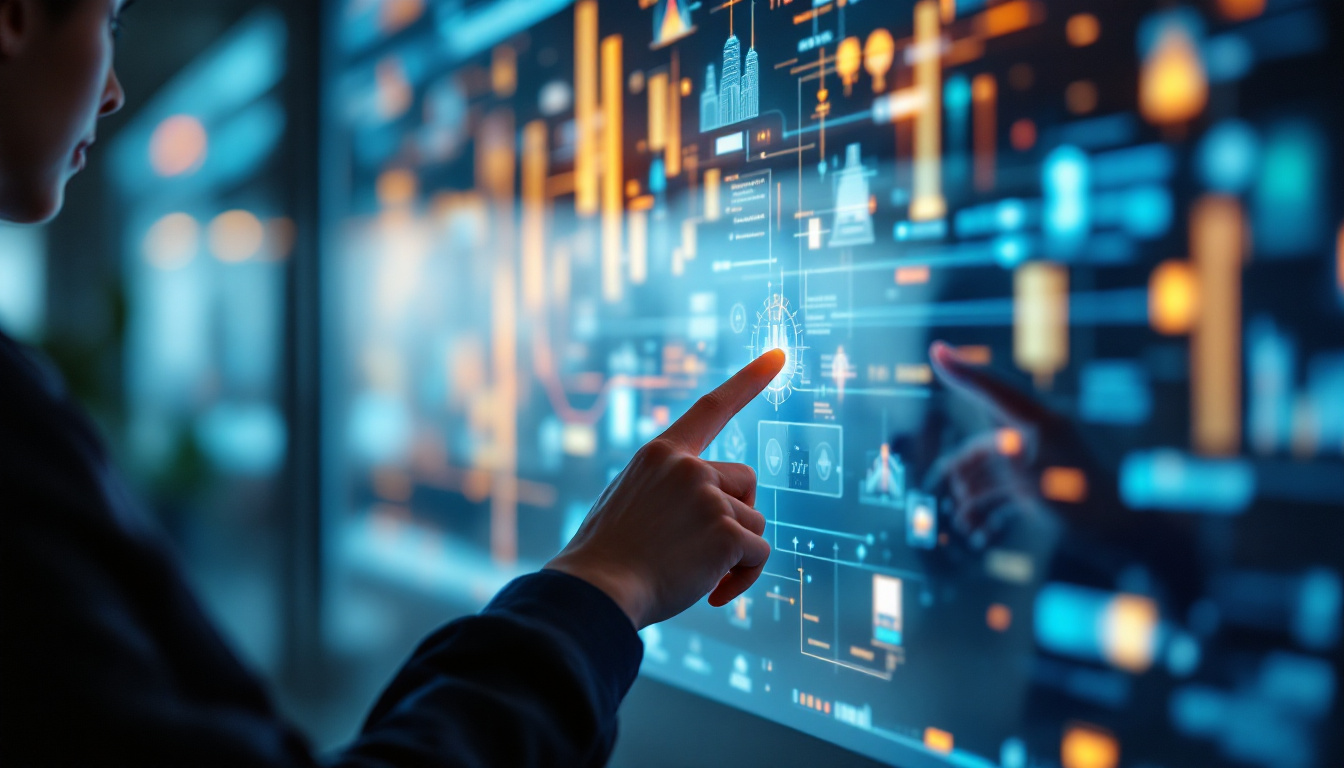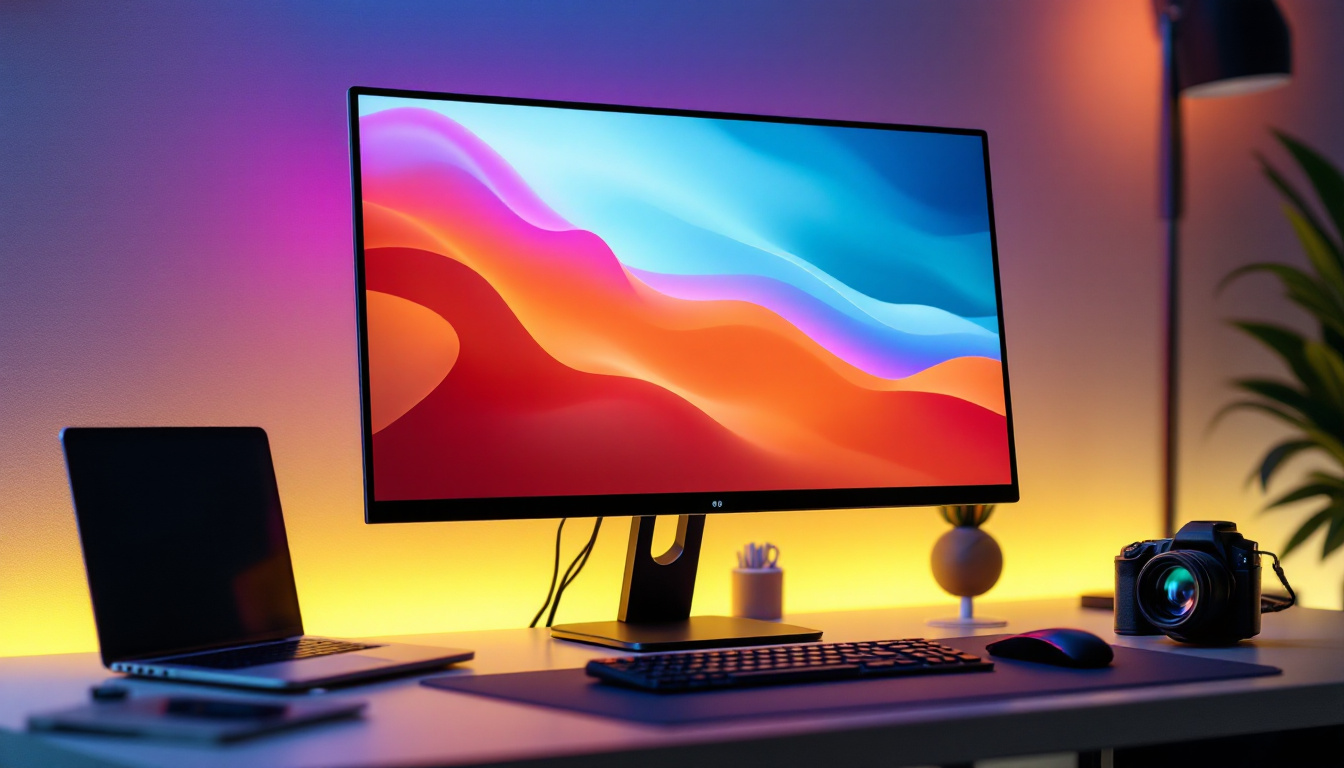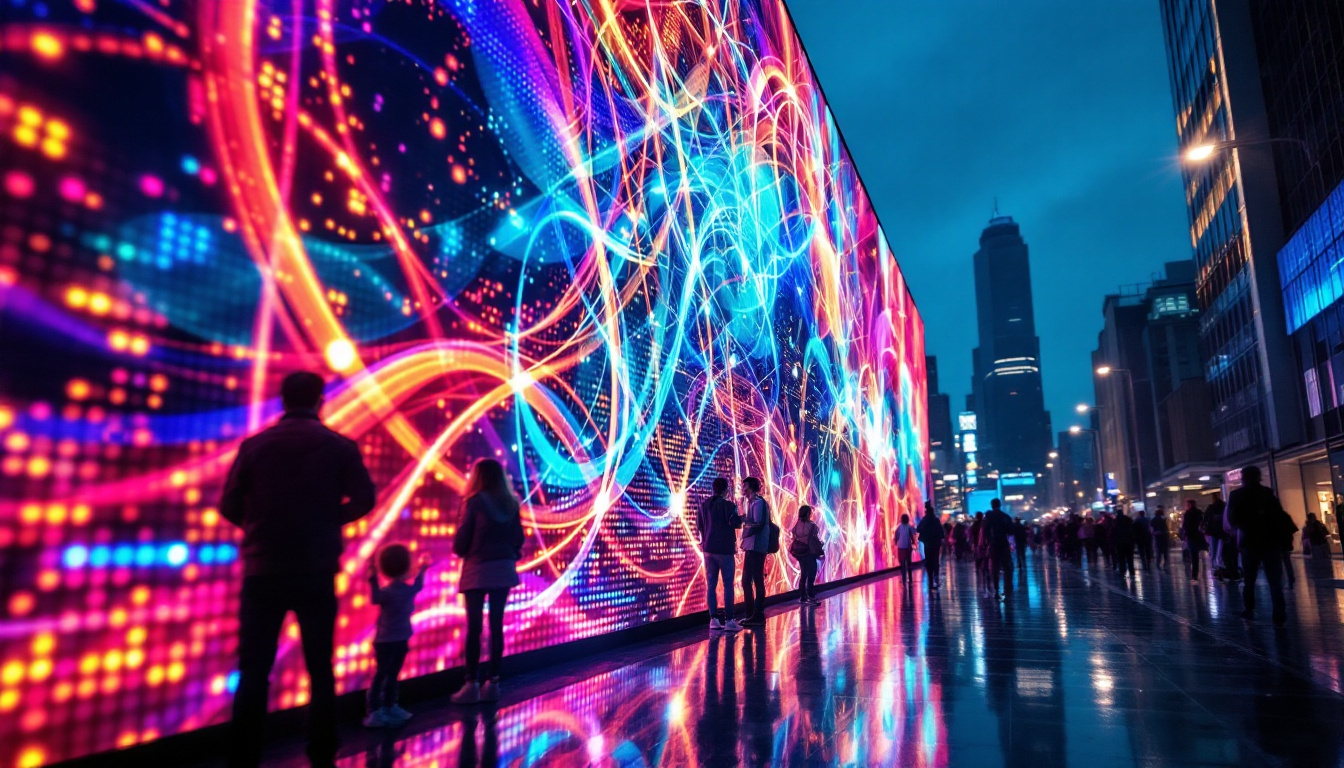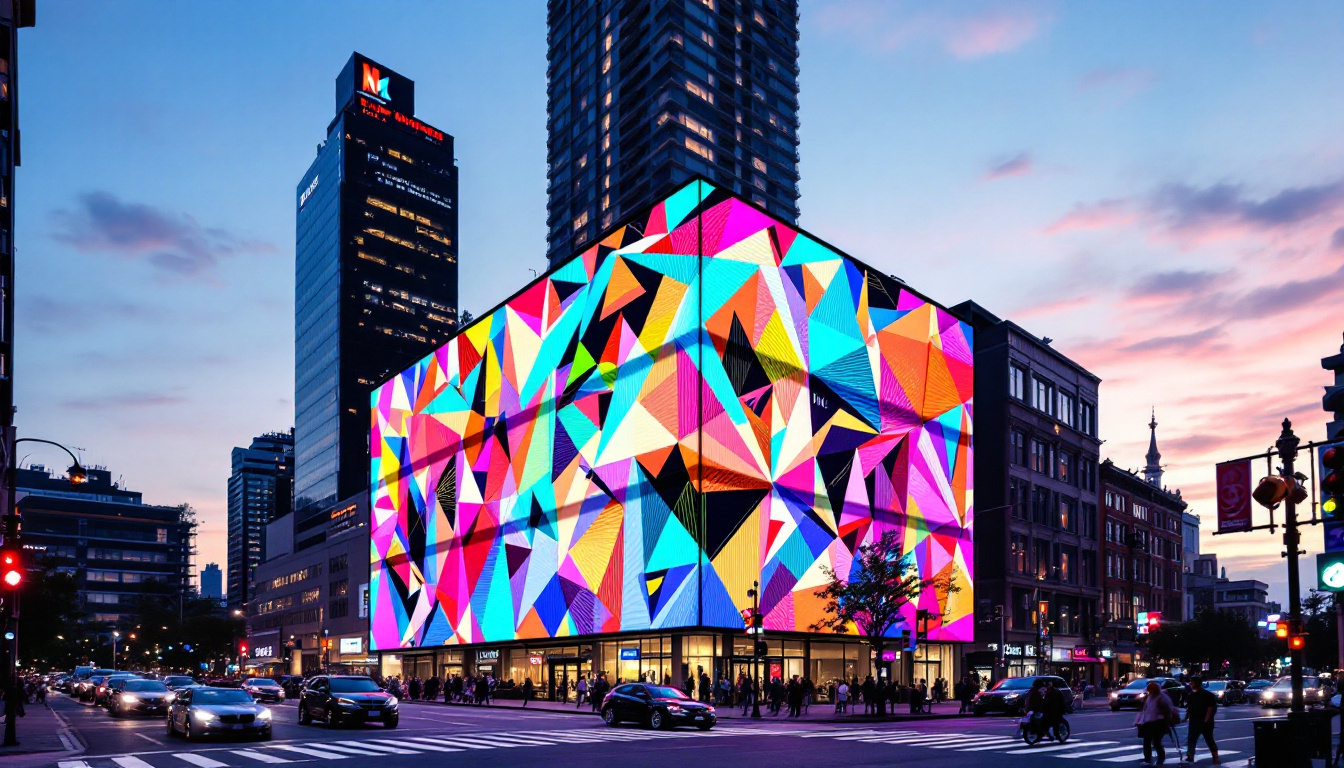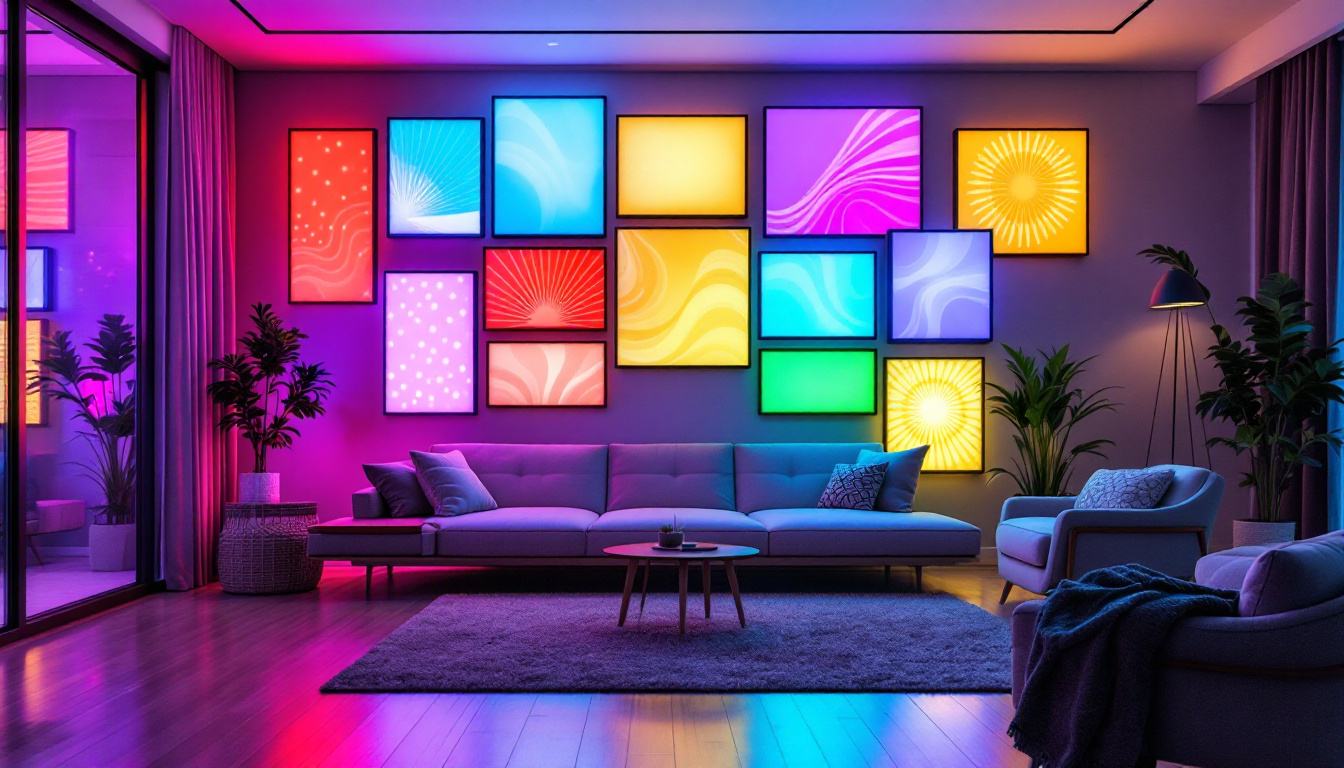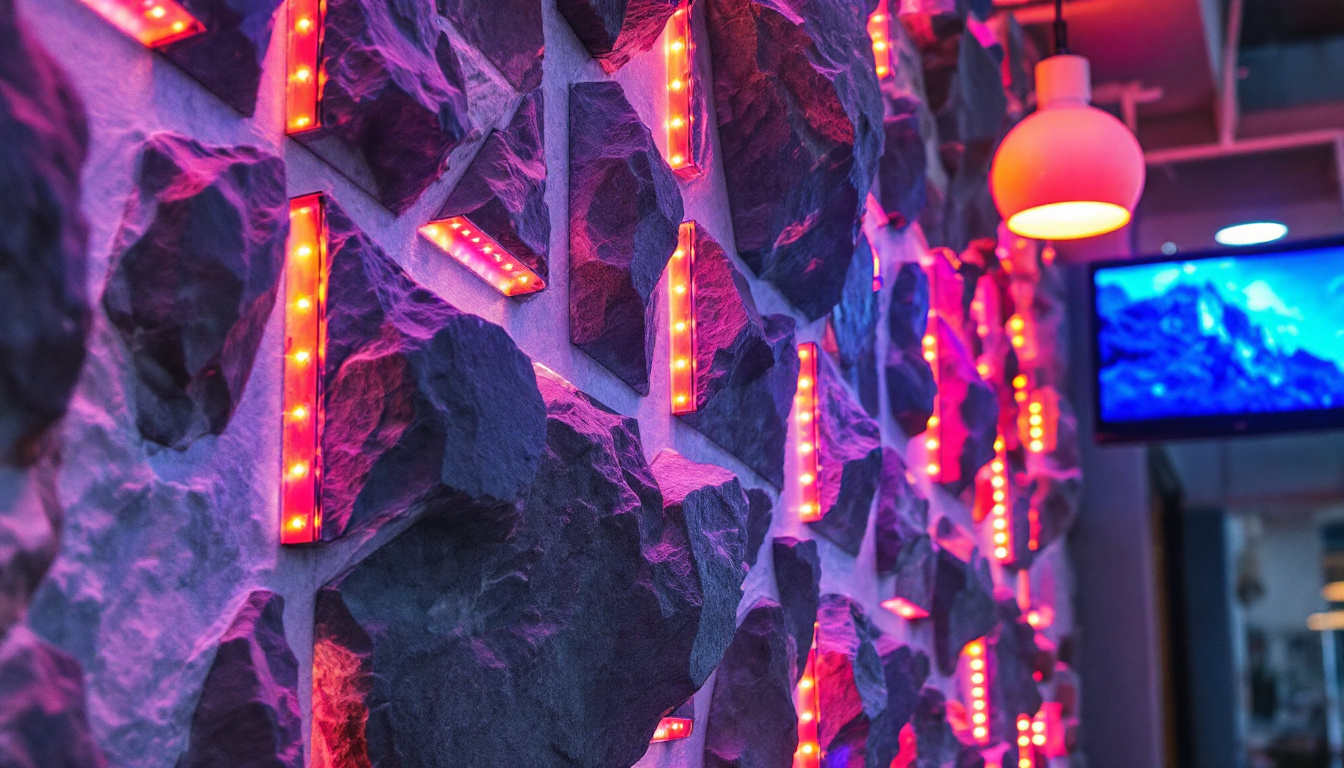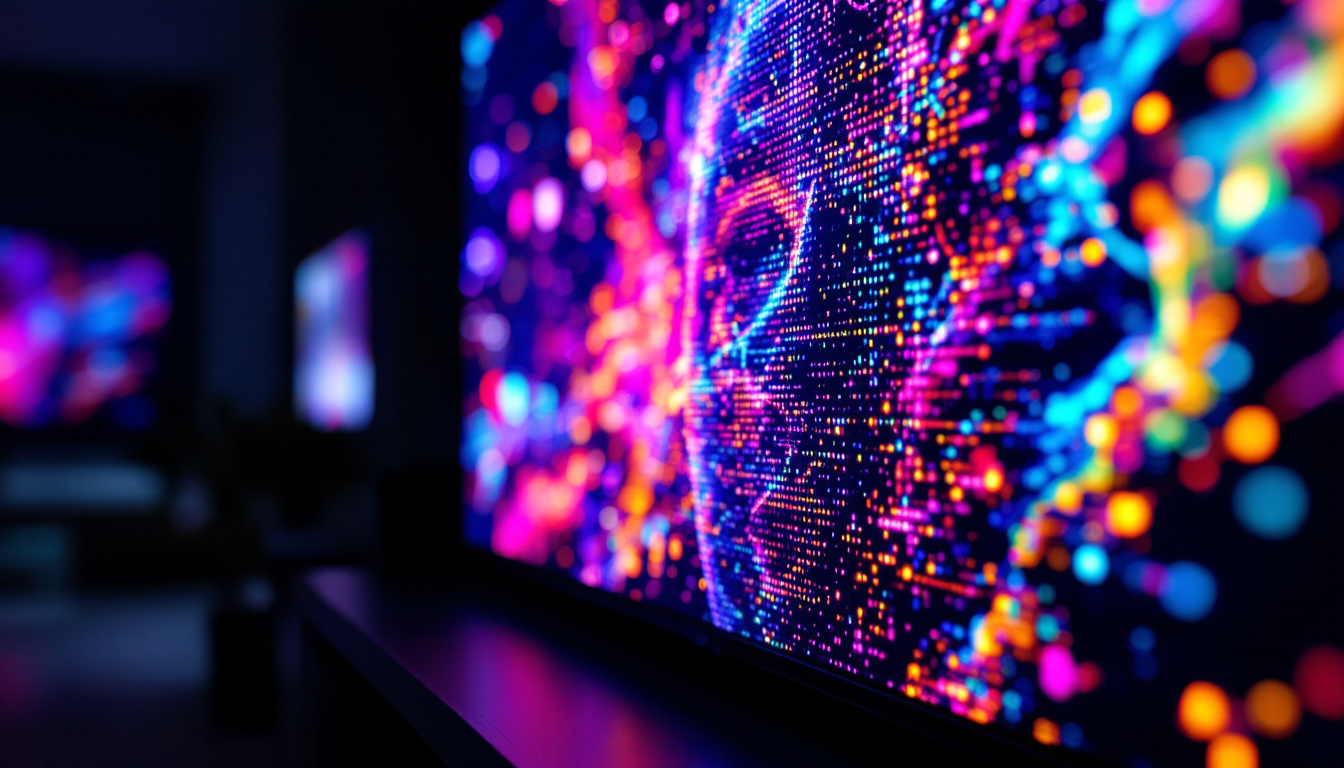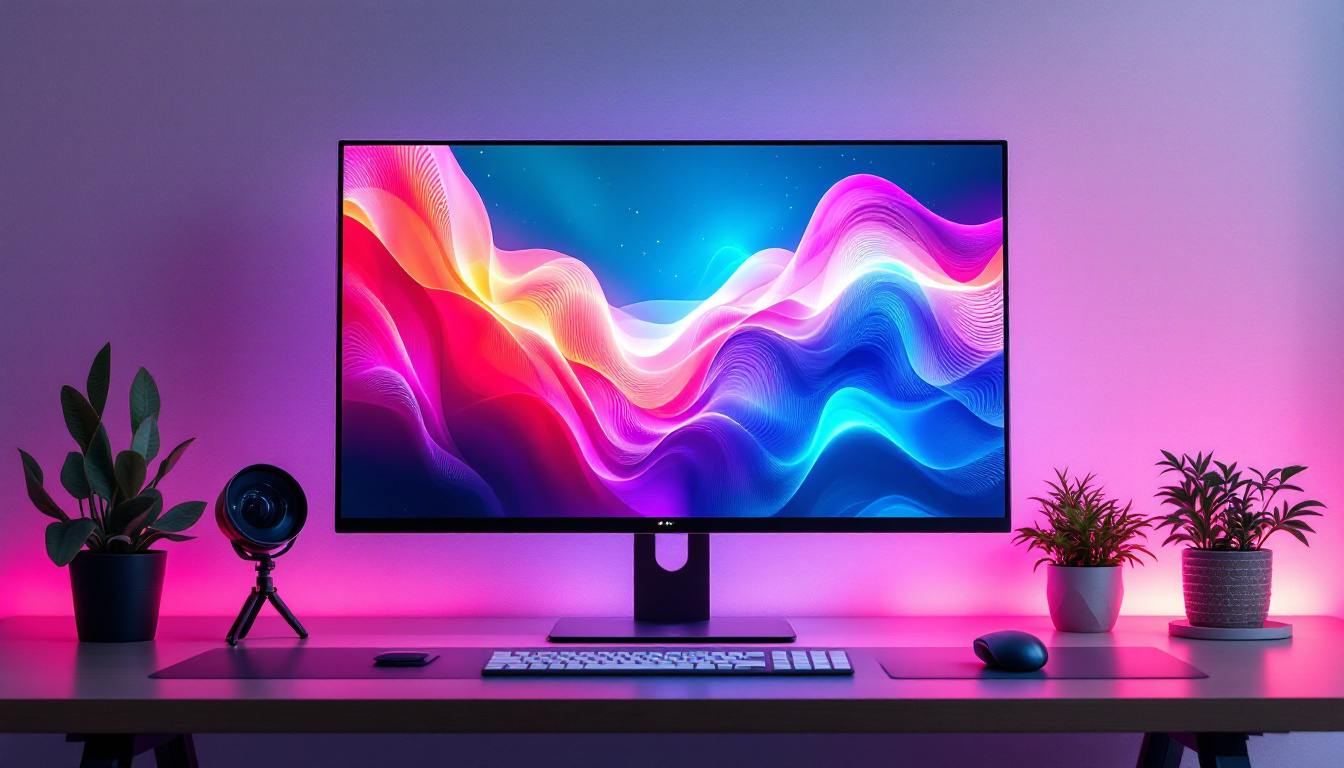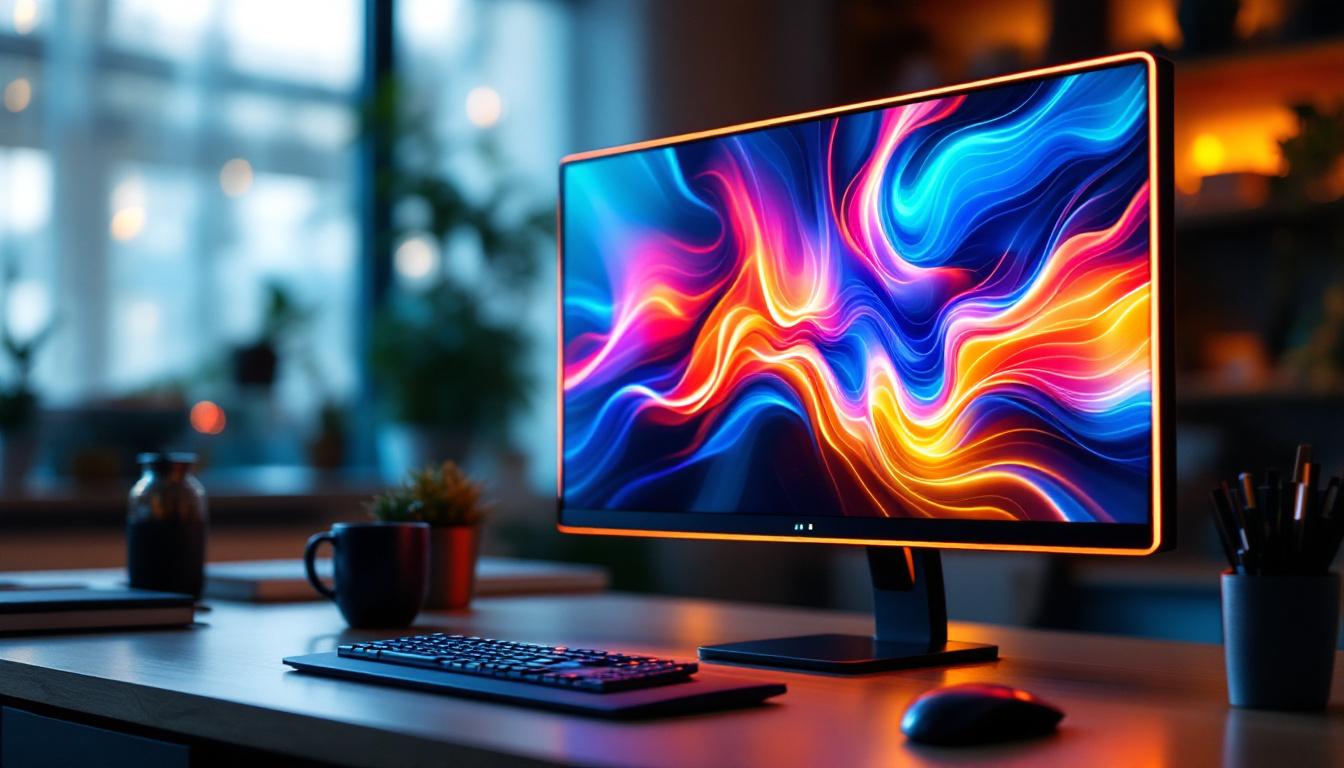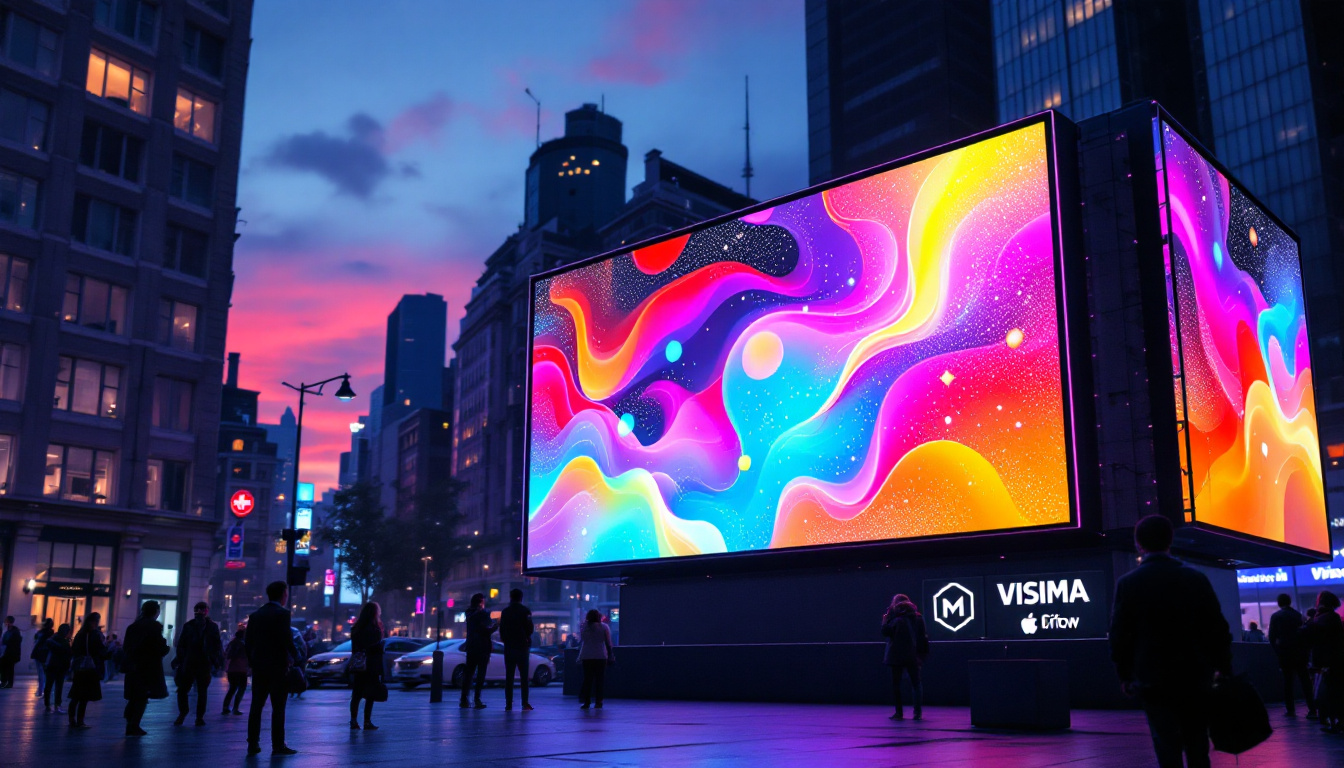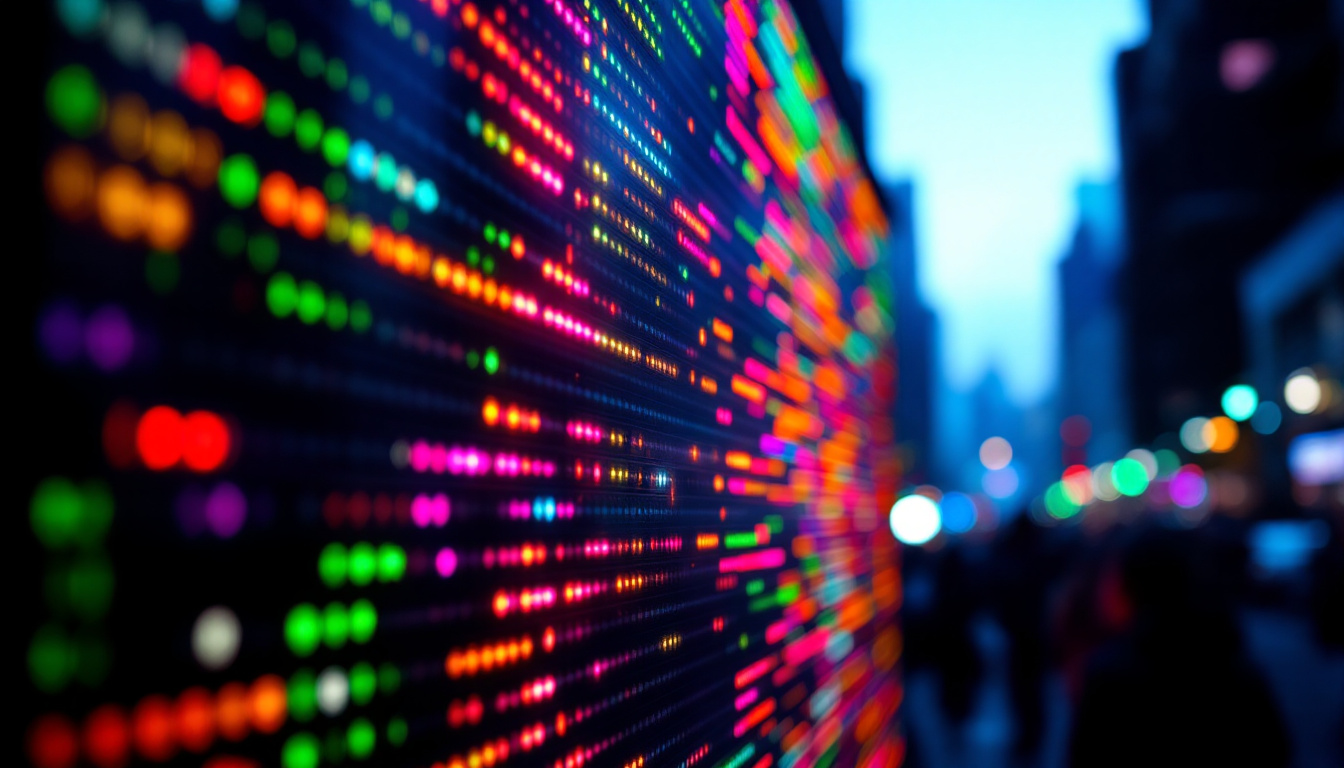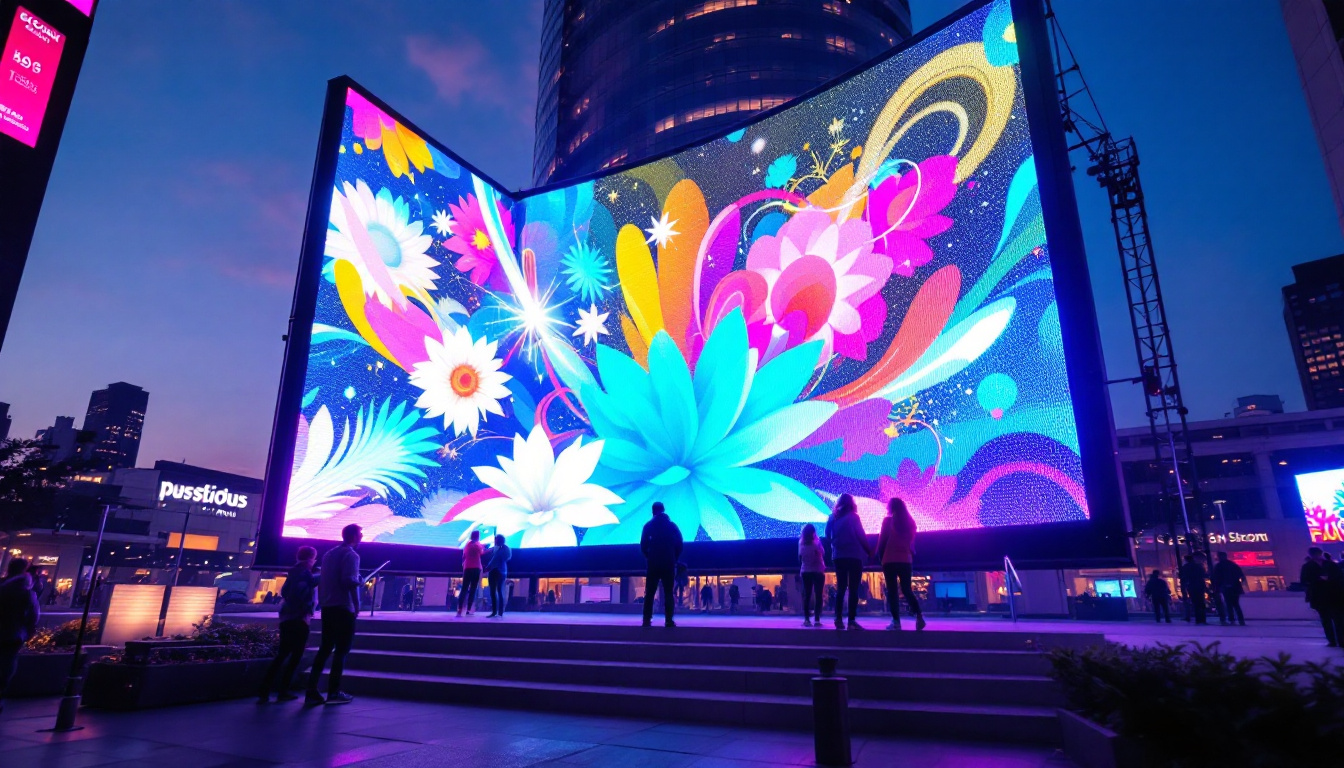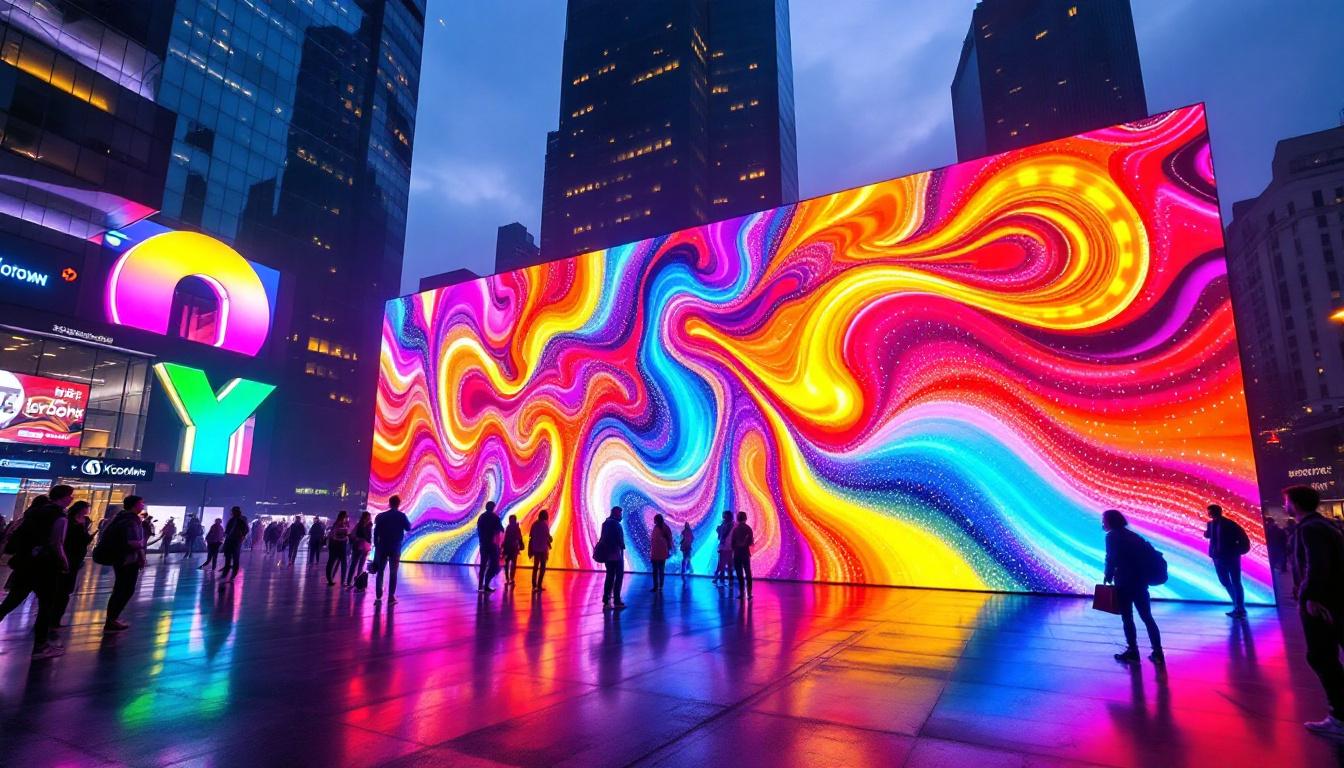In today’s fast-paced digital world, the integration of technology into educational and professional settings has become essential. One of the most innovative tools that have emerged in this realm is the smart board, specifically those utilizing LED display technology. This article delves into the intricacies of smart board images and the benefits of LED displays, offering insights into their functionality, applications, and advantages.
Understanding Smart Boards
Smart boards are interactive whiteboards that combine the traditional whiteboard with advanced technology. These devices allow users to display digital content, interact with it, and manipulate it in real-time. The emergence of LED display technology has significantly enhanced the capabilities of smart boards, making them more vibrant and user-friendly.
What is an LED Display?
LED, or Light Emitting Diode, displays are a type of flat panel display technology that uses LEDs as a source of light. Unlike traditional LCD screens that rely on fluorescent backlighting, LED displays offer brighter images, better color accuracy, and improved energy efficiency. This makes them an ideal choice for smart boards, where clarity and interactivity are paramount.
LED displays are composed of thousands of tiny diodes that emit light when an electric current passes through them. This technology allows for a thinner design and a wider viewing angle, making it suitable for various environments, from classrooms to boardrooms. Additionally, the longevity of LED technology means that these displays can last significantly longer than their LCD counterparts, reducing the need for frequent replacements and thereby saving costs in the long run.
How Smart Boards Utilize LED Technology
Smart boards equipped with LED displays provide a seamless interactive experience. Users can write, draw, and manipulate images directly on the screen, while the LED technology ensures that the content is displayed with exceptional clarity and brightness. This is particularly beneficial in environments with varying lighting conditions, as LED displays maintain visibility even in brightly lit rooms.
Moreover, the responsiveness of LED displays enhances the user experience. Touch sensitivity allows for smooth navigation and interaction, making it easier for educators and presenters to engage their audience effectively. The integration of multi-touch technology further elevates this experience, enabling multiple users to interact with the board simultaneously. This feature fosters collaboration in educational settings, allowing students to work together on projects or participate in interactive lessons, thereby enhancing learning outcomes.
In addition to educational applications, smart boards with LED technology are increasingly being adopted in corporate environments. Businesses utilize these boards for presentations, brainstorming sessions, and training workshops. The ability to share content wirelessly from various devices, such as laptops and tablets, adds another layer of convenience, allowing for a more dynamic and interactive meeting experience. As organizations continue to embrace remote and hybrid work models, the demand for such versatile tools is likely to grow, making smart boards an essential asset in modern workplaces.
Benefits of LED Displays in Smart Boards
The incorporation of LED displays in smart boards brings numerous advantages that enhance their functionality and usability. Understanding these benefits can help educators and professionals make informed decisions when selecting technology for their environments.
Enhanced Visual Quality
One of the most significant advantages of LED displays is their superior visual quality. The vibrant colors and high contrast ratios provide a more engaging experience for users. Whether displaying images, videos, or presentations, LED technology ensures that content is presented in the best possible light.
This enhanced visual quality is particularly important in educational settings, where attention and engagement are crucial. Students are more likely to retain information when it is presented in a visually appealing manner, making LED-equipped smart boards an effective teaching tool. Moreover, the clarity of LED displays minimizes eye strain, allowing for longer periods of use without discomfort. This is especially beneficial in environments where lessons or presentations can extend for hours, ensuring that both educators and learners remain focused and productive.
Energy Efficiency
LED displays are known for their energy efficiency compared to traditional display technologies. This not only reduces electricity costs but also contributes to a more sustainable environment. In educational institutions and corporate offices where devices are used for extended periods, the energy savings can be significant.
Additionally, the longevity of LED displays means that they require less frequent replacements, further reducing waste and maintenance costs. This makes them a smart investment for any organization looking to integrate technology sustainably. Furthermore, many LED displays come with features such as automatic brightness adjustment, which optimizes energy consumption based on ambient light conditions. This intelligent functionality not only conserves energy but also ensures that the display remains visible and effective in varying lighting environments, enhancing the overall user experience.
Interactivity and Collaboration
The interactive nature of smart boards with LED displays fosters collaboration among users. Whether in a classroom or a meeting room, participants can easily share ideas, annotate documents, and work together on projects in real time. This collaborative environment encourages creativity and innovation, essential elements in both educational and professional settings.
Furthermore, many smart boards come equipped with software that allows for multiple users to interact simultaneously. This feature enhances group activities, making learning and brainstorming sessions more dynamic and effective. The ability to connect multiple devices to a single smart board also means that participants can contribute from their own laptops or tablets, allowing for a seamless integration of various perspectives and ideas. This level of interactivity not only enriches discussions but also prepares users for the collaborative nature of modern workplaces, where teamwork and technology go hand in hand. Additionally, the capacity to save and share the work done on these boards promotes continuity and follow-up, making it easier to track progress and revisit ideas in future sessions.
Applications of Smart Boards with LED Displays
The versatility of smart boards with LED displays makes them suitable for a wide range of applications. From education to corporate environments, these devices are transforming the way information is presented and shared.
Educational Settings
In classrooms, smart boards have revolutionized teaching methods. Educators can present lessons using multimedia content, engage students with interactive quizzes, and facilitate group discussions. The ability to display high-quality images and videos enhances the learning experience, making complex subjects more accessible and enjoyable.
Moreover, smart boards can be used to record lessons, allowing students to revisit content at their own pace. This feature is particularly beneficial for students who may need additional support or for those who miss classes.
Corporate Environments
In the corporate world, smart boards with LED displays are invaluable tools for presentations and meetings. They allow for dynamic presentations that can include live data, videos, and interactive elements. This not only keeps the audience engaged but also facilitates better understanding and retention of information.
Additionally, smart boards can be integrated with video conferencing tools, enabling remote collaboration. This is particularly important in today’s globalized business environment, where teams often work across different locations.
Creative Industries
In creative fields such as design, advertising, and media, smart boards with LED displays serve as powerful tools for brainstorming and visualizing ideas. Designers can sketch, edit, and present their concepts in real time, allowing for immediate feedback and collaboration.
The ability to manipulate images and graphics directly on the screen enhances the creative process, making it more fluid and interactive. This is particularly beneficial in environments where innovation and creativity are paramount.
Choosing the Right Smart Board
When selecting a smart board with an LED display, several factors should be considered to ensure it meets the specific needs of the intended environment. Understanding these factors can help organizations make informed decisions.
Screen Size and Resolution
The screen size and resolution of a smart board are critical factors that influence its effectiveness. Larger screens with higher resolutions provide clearer images and allow for more content to be displayed simultaneously. This is particularly important in larger classrooms or conference rooms where visibility is a concern.
It is essential to assess the space where the smart board will be installed to determine the optimal size. A well-sized screen enhances engagement and ensures that all participants can see the content clearly.
Interactivity Features
Different smart boards offer varying levels of interactivity. Some models allow for multi-touch capabilities, enabling multiple users to interact with the board simultaneously. Others may include features such as gesture recognition or stylus support.
Organizations should consider their specific needs when evaluating interactivity features. For educational settings, multi-user capabilities can enhance group learning, while corporate environments may benefit from tools that facilitate presentations and discussions.
Software Compatibility
The software that accompanies a smart board is just as important as the hardware. Many smart boards come with proprietary software that enhances their functionality, offering tools for creating presentations, conducting assessments, and facilitating collaboration.
It is crucial to ensure that the software is compatible with existing systems and meets the specific needs of the users. Additionally, consider the availability of updates and support, as this can impact the longevity and usability of the device.
Conclusion
Smart boards with LED displays represent a significant advancement in educational and professional technology. Their ability to provide vibrant visuals, foster interactivity, and enhance collaboration makes them invaluable tools in various settings. As technology continues to evolve, the potential applications and benefits of smart boards will only expand, making them a wise investment for the future.
By understanding the features and advantages of LED display technology, organizations can make informed decisions that enhance learning and productivity. Whether in a classroom, a corporate office, or a creative studio, smart boards are paving the way for a more interactive and engaging future.
Discover LumenMatrix LED Display Solutions
Ready to elevate your interactive experiences with the vibrant visuals and advanced technology of LED displays? LumenMatrix is at the forefront of LED innovation, offering a wide array of solutions tailored to meet your needs. From captivating Indoor LED Wall Displays to dynamic Outdoor LED Wall Displays, and from versatile Vehicle LED Displays to sleek LED Poster Displays, our products are designed to revolutionize visual communication. Embrace the future of engagement with LumenMatrix’s LED Sports Displays, Floor LED Displays, Custom LED Displays, All-in-One LED Displays, and LED Transparent Displays. Check out LumenMatrix LED Display Solutions today and transform how you share your message with the world.



